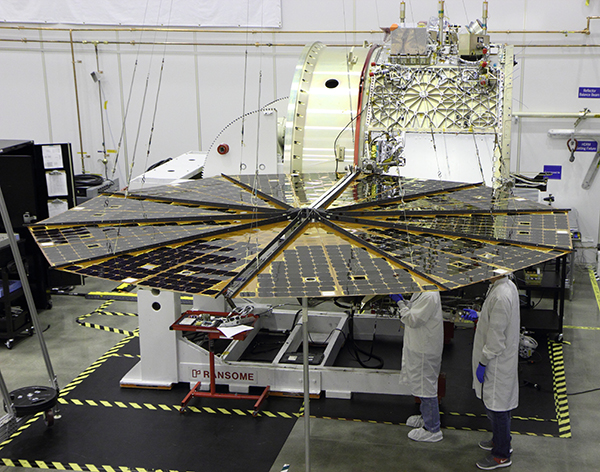Orbital ATK is out with a short feature about the Enhanced Cygnus spacecraft that will carry experiments, equipment and supplies to the International Space Station crew in December. The new spacecraft carries 25 percent more cargo than its predecessor and features a number of changes such as the more efficient solar arrays seen unfurled in the photo above from Orbital ATK. Read more from Orbital ATK here.
The Enhanced Cygnus is to launch atop a United Launch Alliance Atlas V rocket from Cape Canaveral Air Force Station in Florida with about 5,900 pounds of materials. The spacecraft will not carry any crew. Station astronauts will use the robotic arm on the orbiting laboratory to grasp the Enhanced Cygnus as it approaches and connect it to a port for unloading.


